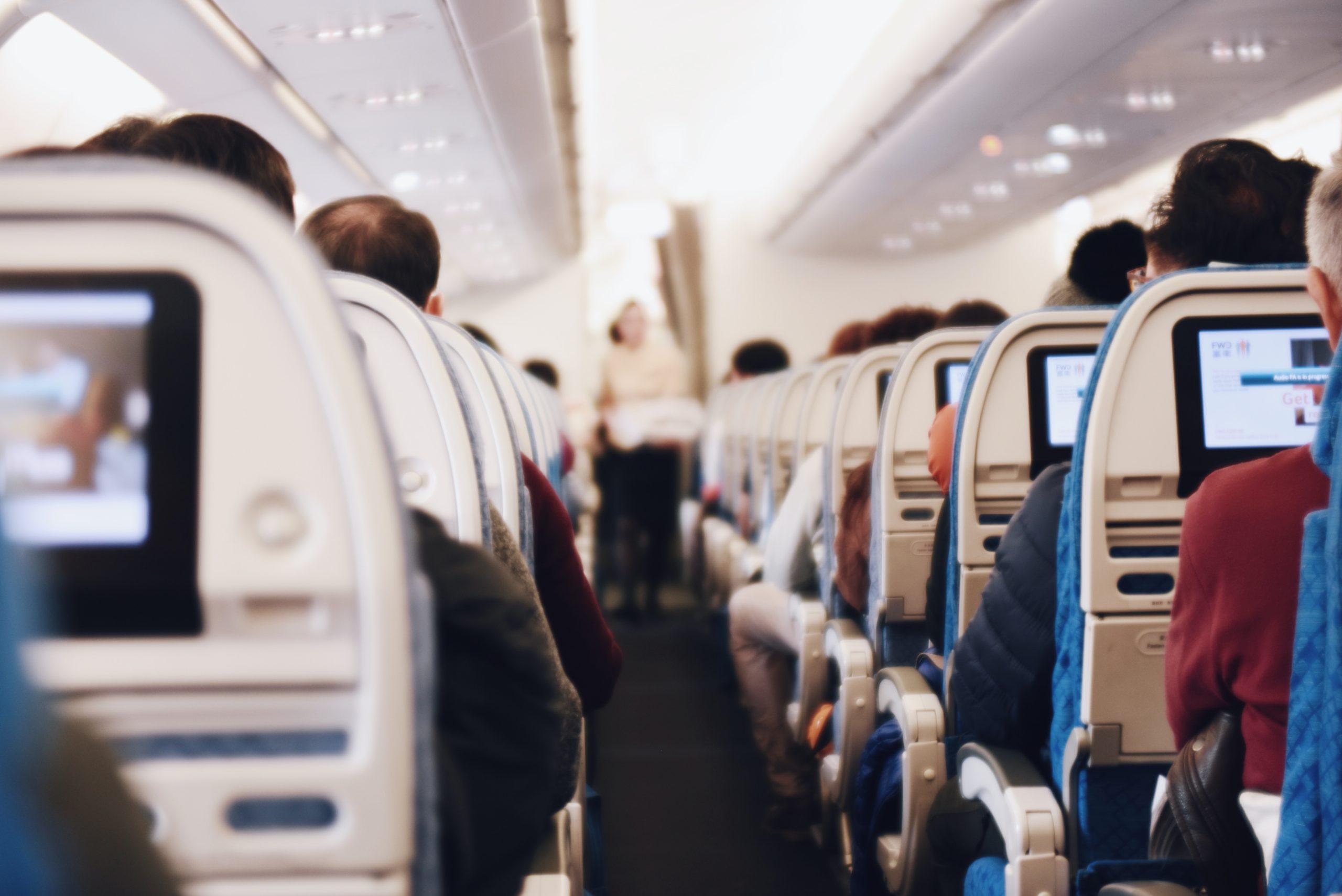Globally, the negative repercussions of the ongoing COVID-19 pandemic have been experienced by numerous sectors that contribute to the world’s economy, including international travel and tourism. Considering these two sectors contributed $8.9 trillion to the global GDP prior to the pandemic, border closures and restrictions regarding non-essential travel in an attempt to contain the virus heavily affected such travel rates and the accompanying industries within these sectors, resulting in millions of jobs lost, a decline in tourism, and a substantial loss in the GDP – both worldwide and within nations. Overall, global travel and tourism suffered great economic losses as a byproduct of the decline of tourism and international travel during this time, and additional socio-economic effects on nations and individuals within these sectors, including women, youth, and locals who depend on such economies for their own employment.
The largest pandemic-induced economic losses to travel and tourism were first found at the start of the pandemic, with a loss of $935 billion in revenue towards the global tourism economy between January 2020 to October 2020. Numerous nations were hit especially hard by the pandemic’s effect on travel, including countries that rely on tourism to boost their own economies. An example of a country that heavily depends on international tourism and global travel for its nation’s economy is the Maldives. Prior to the pandemic, these sectors contributed to nearly two-thirds of their national GDP. However, following the COVID-19 related border and travel restrictions, their international arrivals rapidly declined by 97% in 2020 in comparison to their international arrivals the year before. Such reductions in international visitors has had a chain effect on the industries within the Maldives’ travel and tourism sector.
Reflected in these global and national losses of revenue is the substantial drop in travel rates and international visitors, the loss of millions of jobs, and strict limitations on borders and inbound and outbound flights. The chain of industries within the travel and tourism sector is extensive, employing millions around the world. From those employed at airports, aircrafts, or airline headquarters, to hospitality services such as hotels or restaurants, the substantial loss in one area of this industry leads to heavy losses in others. According to the UNWTO, one in ten jobs is supported by tourism, which clearly shows the importance of travel and tourism-related occupations in terms of supporting individuals’ livelihoods.
Of the tourism workforce, 54% of employees are women, with youth and informal economic workers following closely as at-risk occupancies. Therefore, the impact of the pandemic on travel restrictions leads to losses in tourism, which is not only a loss for the experiencing individuals but also for the ones who support the sector and rely on it for their livelihoods. The security of women’s jobs is at an all-time low following the declining travel and tourism rates due to the pandemic, leading to socio-economic problems worldwide.
In addition to women and youth, less-developed nations that rely on global tourism for their countries’ revenue often employ locals within these sectors. In addition to losses in the Maldives GDP and the shocking drop in international tourists within the span of a year, it was found that locals accounted for 47% of the total resort employees. As the Maldives has over 111 resort islands with over 28,000 employees, thousands of locals who depend on tourism-related employment for their livelihoods were directly affected.
Despite such substantial economic and socio-economic losses, the United Nations predicted that international travel was to rebound in the second half of the year 2021. From the increase in international flights and easing of border restrictions, this prediction is seen to be true so far, as seen with the Maldives following their border reopening in July. With such hopes for a rebound in travel, it ultimately begs the question of to what extent will the travel and tourism sector be stronger, and if we are able to see any economic gains from such a rebound after suffering such economic losses for nearly two years. Although nearly every country has travel restrictions in place, most have eased since the start of the pandemic to allow the flow of travel and tourism again. From the UNWTO, 70% of global destinations have eased such COVID-19 related travel restrictions. However, global tourism continues to be a less prioritized objective as many countries are still advising caution regarding non-essential travel, including four of the ten top-source markets that contributed to one-fourth of international travel in 2018.
The COVID-19 pandemic has had drastic effects on the tourism and travel sectors within the global economy. Marginalized groups such as women and youth, locals employed in tourism, and those living in less-developed nations, are most greatly impacted by these shifts within the economy and in return impact these industries the most. Even with the global circulation of vaccines and international travel restrictions easing up in many nations, the unpredictability of the current global economy and the huge losses that have occurred within the last two years makes it difficult to know how soon these losses can be turned into gains.
Edited by Aakanksha Mathur
Mayah Esmail is a U2 student at McGill University pursuing a major in Economics and a minor in Psychology. She is originally from Vancouver, BC, and her interests vary from economic policies, feminism, and socio-cultural issues.

